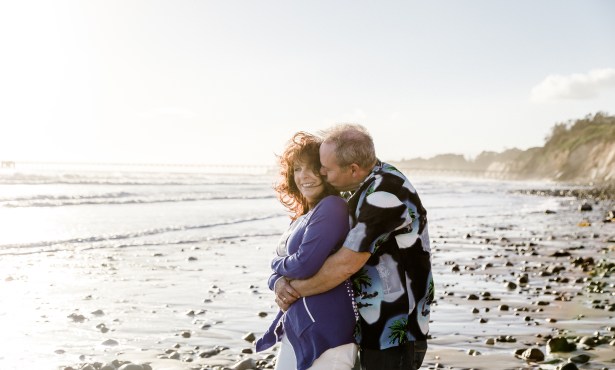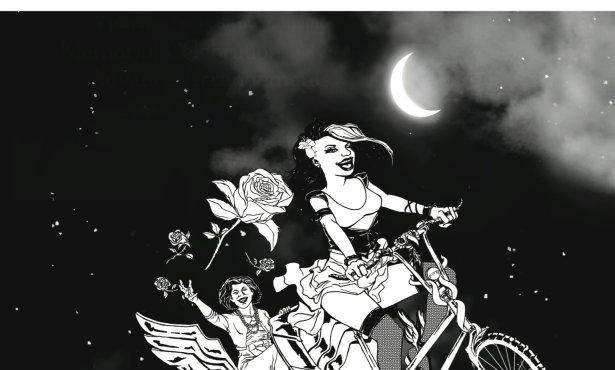Finding Your Funeral Fit
How to Plan for Your Final Farewell
When you die, do you want to be buried? Or perhaps cremated? Where will your body or ashes go? What kind of funeral do you want? A sacred and somber affair? Or a celebration of life complete with music and jokes? And who should be there? Better yet, who shouldn’t? Will you livestream the occasion for those not able to attend? (Yes, that’s a modern reality.)
Perhaps the most important question of all, especially for those who you’ve left alive: Who’s going to pay for it all?
Most people have no experience planning a funeral, but once someone dies, there are a lot of immediate decisions that need to be made. “Just like talking about sex won’t make you pregnant, talking about funerals won’t make you dead — and your family will benefit from the conversation,” explained Gail Rubin, the self-proclaimed Doyenne of Death who started the Death Café movement and has written numerous books on the topic. Learn more about her at agoodgoodbye
.com.
Funerals are so pricey that they are actually one of the most expensive “purchases” consumers make, according to the Federal Trade Commission. In Santa Barbara, the average cost for services with burial is $12,257, while direct cremation is just $2,315.
Become a savvy shopper by arming yourself with facts and figures from such price-aggregating platforms as Funeralocity.com and Parting
.com, both recommended by AARP. Crowdfunding niche sites such as FuneralFund.com and AGracefulGoodbye.com are specifically designed to help friends and families cover costs.
There is also the home funeral option, of which Dan Flynn is a huge fan. As the managing funeral director of Simply Remembered Cremation Care — whose slogan is “Here’s hoping we don’t see you too soon” — Flynn wants people to hark back to the old ways when relatives had a leading role in the death of a family member. He believes that when a family bathes and dresses their departed and has services in the home, there’s a much stronger sense of closure for everyone concerned. See simplyremembered.com and page TK of this guide for more on Flynn’s services.
Cremation surpasses burial as the most popular choice, although it’s not as environmentally friendly as previously thought, with a carbon footprint equivalent to a 500-mile car journey. Options for what to do with cremains have burgeoned into a flourishing business replete with urns that transform ashes into a living memorial tree, diamond jewelry created with carbon from the ashes, and pressed paper turtles that float on the ocean before disintegrating. Some of the more inventive choices include tattooing with a mixture of ashes and ink, sending ashes into outer space, or blasting them off in fireworks. Of course, many of us will simply end up in our kids’ sock drawers.
Perhaps the newest post-life option is human composting, which Washington State recently became the first state to legalize. More sustainable than cremating, its technology is designed to speed up the process of decomposition. Bodies are placed in a receptacle along with organic material like woodchips and straw. Over the span of 30 days, remains become soil that can grow new life.


